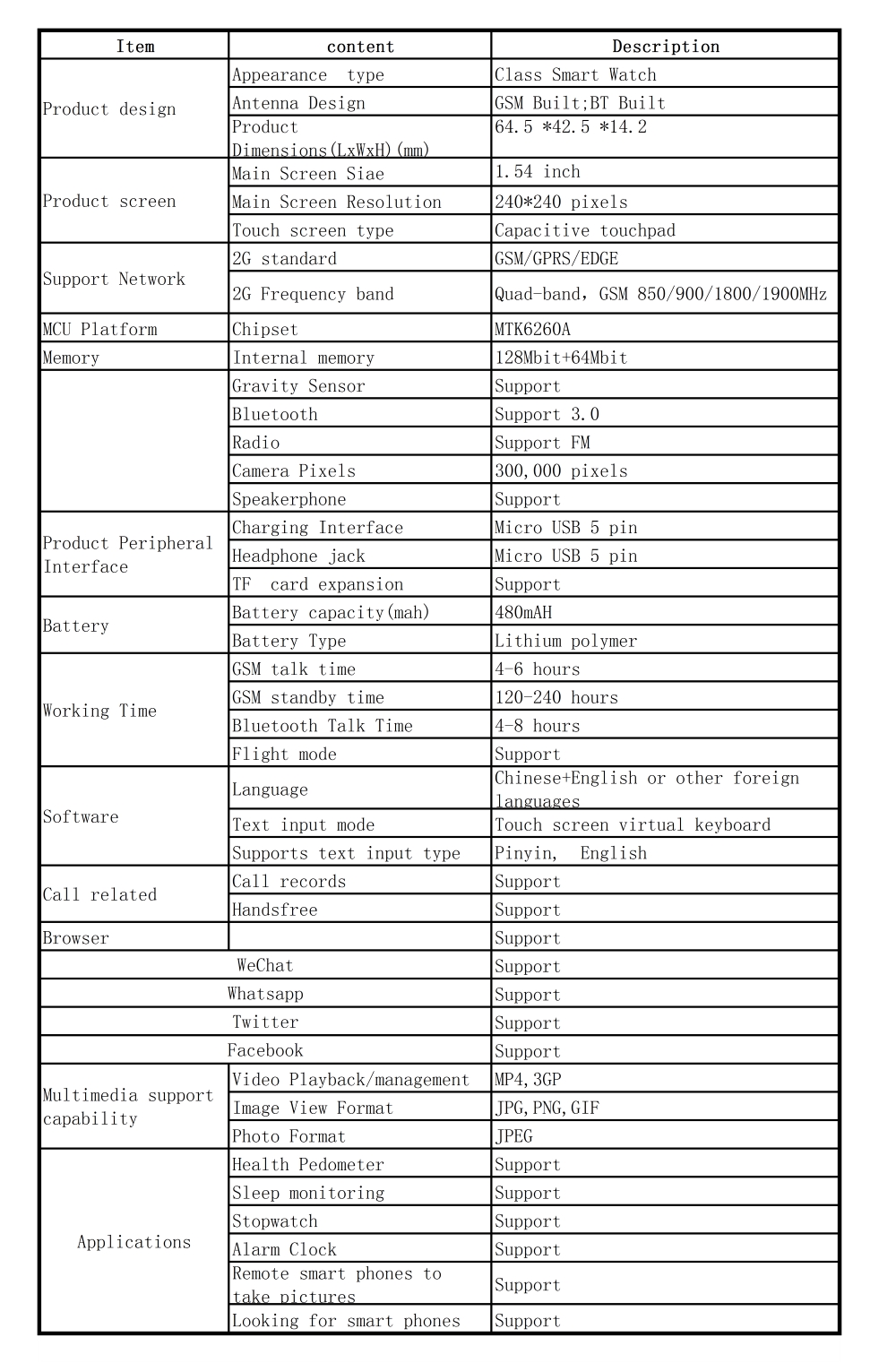- GSM Tutorial
GPRS Mobile Multislot classes. This page covers GPRS mobile multislot classes and mention no. Of maximum slots supported in uplink and downlink. It covers GPRS class 12,class 32 and class 33.
- GSM is a circuit-switched system that divides each 200kHz channel into eight 25kHz time-slots. GSM operates in the 900MHz and 1.8GHz bands in Europe and the 1.9GHz and 850MHz bands in the US. The 850MHz band is also used for GSM and 3GSM in Australia, Canada and many South American countries.
- Hybrid dual SIM slot is a smartphone technology which is being used by many mobile makers around the world in the new flagship smartphones. Its name given hybrid because you can use it to insert a SIM or a microSD card.


- GSM Useful Resources
- Selected Reading
What is GSM?
If you are in Europe or Asia and using a mobile phone, then most probably you are using GSM technology in your mobile phone.
GSM stands for Global System for Mobile Communication. It is a digital cellular technology used for transmitting mobile voice and data services.
The concept of GSM emerged from a cell-based mobile radio system at Bell Laboratories in the early 1970s.
GSM is the name of a standardization group established in 1982 to create a common European mobile telephone standard.
GSM is the most widely accepted standard in telecommunications and it is implemented globally.
GSM is a circuit-switched system that divides each 200 kHz channel into eight 25 kHz time-slots. GSM operates on the mobile communication bands 900 MHz and 1800 MHz in most parts of the world. In the US, GSM operates in the bands 850 MHz and 1900 MHz.
GSM owns a market share of more than 70 percent of the world's digital cellular subscribers.
GSM makes use of narrowband Time Division Multiple Access (TDMA) technique for transmitting signals.
GSM was developed using digital technology. It has an ability to carry 64 kbps to 120 Mbps of data rates.
Presently GSM supports more than one billion mobile subscribers in more than 210 countries throughout the world.
GSM provides basic to advanced voice and data services including roaming service. Roaming is the ability to use your GSM phone number in another GSM network.

GSM digitizes and compresses data, then sends it down through a channel with two other streams of user data, each in its own timeslot.
What Is The Gsm Network
Why GSM?
Listed below are the features of GSM that account for its popularity and wide acceptance.
Improved spectrum efficiency
International roaming
Low-cost mobile sets and base stations (BSs)
High-quality speech
Compatibility with Integrated Services Digital Network (ISDN) and other telephone company services
Support for new services
What Is Gsm Only
GSM History
The following table shows some of the important events in the rollout of the GSM system.
What Is A Gsm Phone
| Years | Events |
|---|---|
| 1982 | Conference of European Posts and Telegraph (CEPT) establishes a GSM group to widen the standards for a pan-European cellular mobile system. |
| 1985 | A list of recommendations to be generated by the group is accepted. |
| 1986 | Executed field tests to check the different radio techniques recommended for the air interface. |
| 1987 | Time Division Multiple Access (TDMA) is chosen as the access method (with Frequency Division Multiple Access [FDMA]). The initial Memorandum of Understanding (MoU) is signed by telecommunication operators representing 12 countries. |
| 1988 | GSM system is validated. |
| 1989 | The European Telecommunications Standards Institute (ETSI) was given the responsibility of the GSM specifications. |
| 1990 | Phase 1 of the GSM specifications is delivered. |
| 1991 | Commercial launch of the GSM service occurs. The DCS1800 specifications are finalized. |
| 1992 | The addition of the countries that signed the GSM MoU takes place. Coverage spreads to larger cities and airports. |
| 1993 | Coverage of main roads GSM services starts outside Europe. |
| 1994 | Data transmission capabilities launched. The number of networks rises to 69 in 43 countries by the end of 1994. |
| 1995 | Phase 2 of the GSM specifications occurs. Coverage is extended to rural areas. |
| 1996 | June: 133 network in 81 countries operational. |
| 1997 | July: 200 network in 109 countries operational, around 44 million subscribers worldwide. |
| 1999 | Wireless Application Protocol (WAP) came into existence and became operational in 130 countries with 260 million subscribers. |
| 2000 | General Packet Radio Service(GPRS) came into existence. |
| 2001 | As of May 2001, over 550 million people were subscribers to mobile telecommunications. |